- HubPages»
- Education and Science»
- Life Sciences»
- Marine Biology»
- Marine Life
Jumping clams - All you ever wanted to know - Redneck Tale # 53
Impossible you say? "Clams can’t jump. They have no legs."
Well, I am here to tell you that clams can and do jump. They have been known to dig way down under the sand to hide from those pesky clam diggers and other enemy critters, and then, all of a sudden, they may pop up from below again, jumping for their lives.

Shellshock is normal
It is true. Clams do have a really pronounced adverse trait, the psychological disability known as shellshock. Usually this takes hold of the elderly clams after many years of escaping diverse tormentors – clam diggers, sea otters, sharp-jawed fishes, pointy-beaked seagulls, and the like. There is no cure, so we are told. Humans would likely not want to eat so many clams if it were widely known that many "ripe" clams are mentally ill.
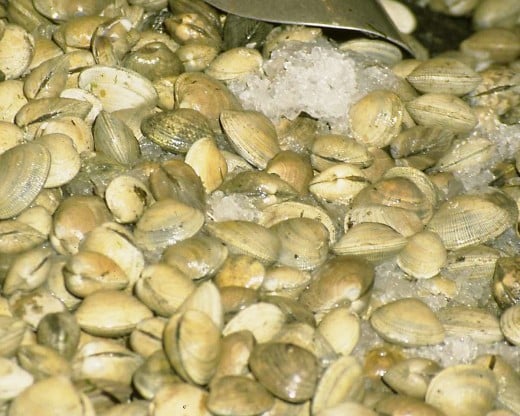
Clams live tightly together in suburban bedroom communities
As has been well documented, clams congregate and live closely together in ethnically segregated groups. They seem to have governance of some sort, but do not appear to have leaders to boss them around and tax the bejabbers out of them. Even so, they are rather docile as individuals, never engaging in any sort of municipal disturbances or riots.
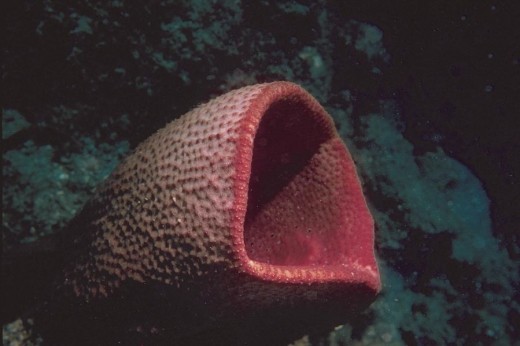
Little squirts
Each clam possesses very functional water tubes. You can watch those tubes in action any time you put yourself into a clam-monitoring mode when at beachside. One second, there is clear and smooth sand, typically so after a wave of water comes in, washes the sand smooth, and then retreats back to sea again. The next second, squish - and up pops a miniature geyser, and then another, and then lots more little geysers. Those little geysers come from clams that are squirting water from their water tubes. After a short while, the squirting stops until the next wave washes in.
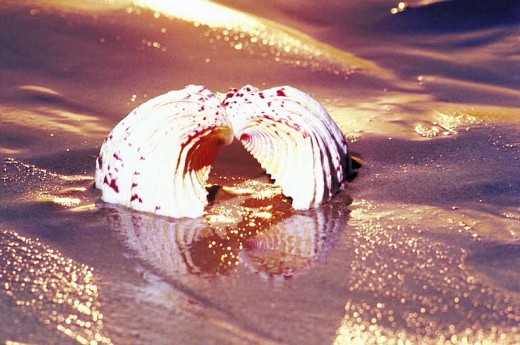
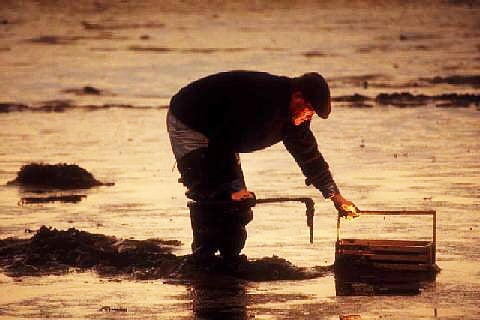
Clam flapping began soon after clam digging began
Although clams are usually very quiet and sedentary of habit, once in a while they get it on and engage in clam racing. This clam racing is not commonly observed by humans. Clam racing is a dead-of-night affair when it does occur, and that is not all too often. But when it does occur, the clams come up from below into shallow waters at high tide. They open up their hard shells and flap the shells this way and that, causing the clams to leap about, one clam over another clam. Once their jumps take them up into the water, they propel about using those water tubes – kind of like tiny jet propelled wheel-less tanks. The only recorded clam race in human history, just to emphasize how rare those races really are, was from back in 1857. The observation then was by a clam digger known to his village by the name of "Chowderhead the Elder."


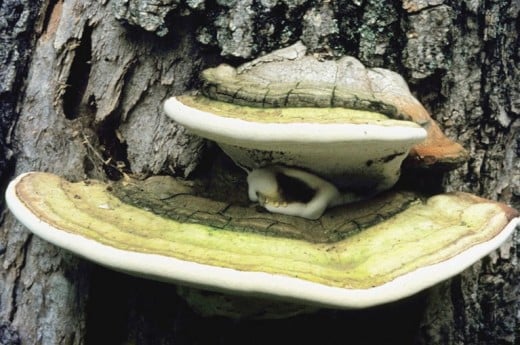
Racing and jumping cause exhaustion, dangers, and spectator delight
Clams do not live only under flat and sandy beaches. Some have emigrated from those places to very scarce and narrow sands that might be described as molluskine waterfront lots, rather exclusive neighborhoods. The clams that reside there are typically more vigorous than those left behind at the flat sand beaches. When they have their clam races, they truly "get with it." The jumping and water squirting for the narrow-sand clams can be very energetic.
Because of the type of neighborhood in which these hyper-clams live, there are often trees that hang around the water’s edge. Those trees can pose a real danger to jumping clams. Some of the better jumpers have been known to slam into tree trunks to the extent that their shells cut into the bark of the trees, and then those clams are stuck right in the tree trunks. Then the days of sunshine follow, drying out the clams that stick out from the wood. Some humans may come along and mistake the desiccated clams for fungus growths. The doggoned dead and dried up clams cause these less observant and less learned humans to mistake them for common clamshell fungus.
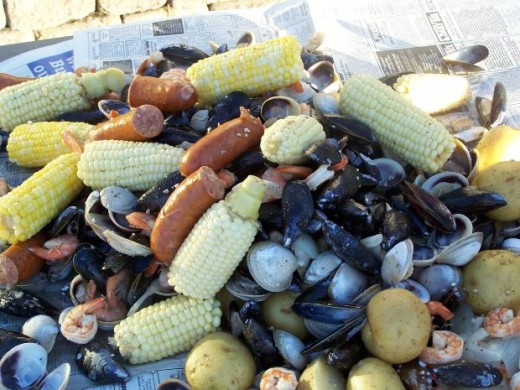
Tough clams versus tender clams
Now you know some things about jumping clams and other sorts of clams, the ones that keep their exercises to a reasonable minimum. The next time you dine on roasted clams or even clam stew, you will be able to tell if you are munching on a jumping clam or one of the sedentary types. Jumping clams after cooking are a lot tougher than are those that keep a cool tool in the clam pool.



